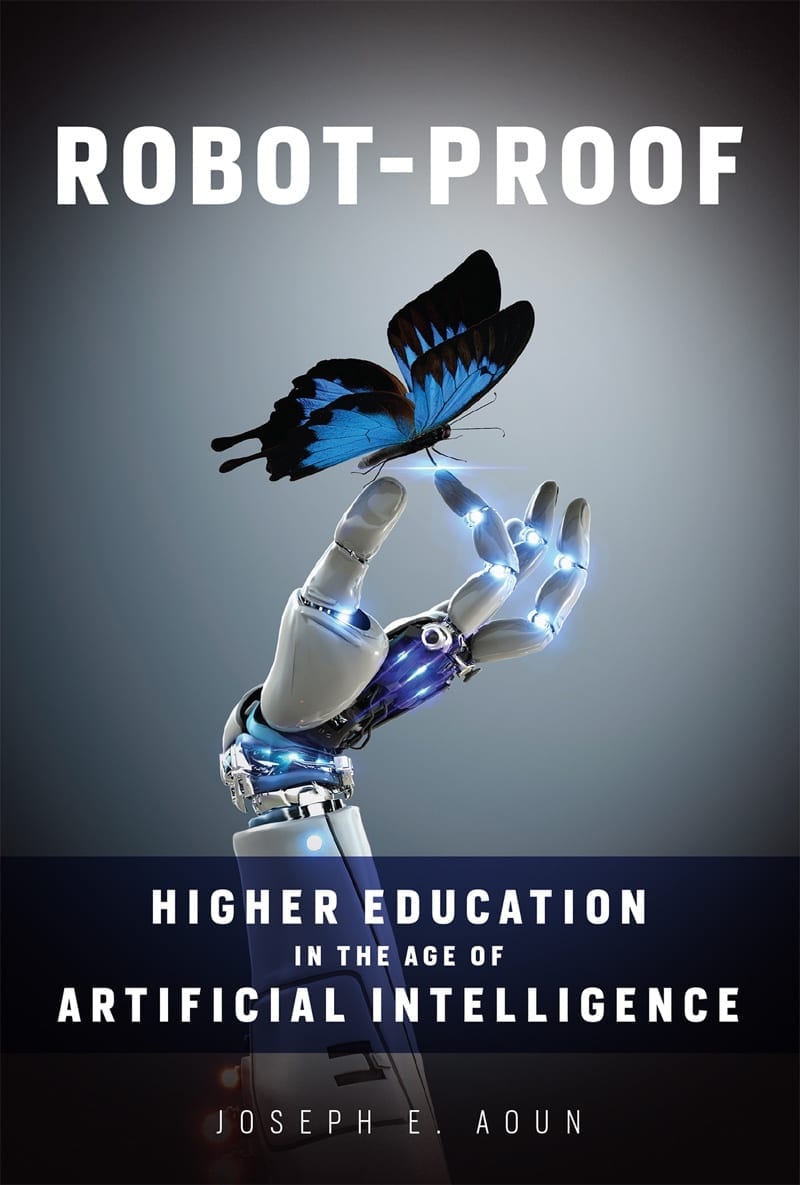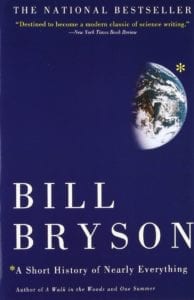Robot-Proof
Reason Book was Chosen:
Joseph Aoun is the president of Northeastern University. Northeastern University is one of my biggest clients. I thought it'd be nice to learn a little more about the president while reading on a topic of which I have interest.My Thoughts
Excellent book about technological change and a potential path forward for higher education. The author, Joseph E. Aoun, is the president of Northeastern University. As I’ve seen in a number of the other Books of Titans books, AI and machine learning will soon take many white collar jobs that are filled with repetitive tasks. The thing that will set workers apart in the future will be creativity.
So, how does the university prepare students for this skill set? And better yet, how does the university create opportunities for lifelong learning?
These are the questions answered in this book. Dr. Aoun lays out what he terms “humanics” as the preparation of students to work creatively alongside machines. Humanics contains two parts:
- New Literacies – data, technological, and human literacy
- Cognitive Capacities – systems thinking, entrepreneurship, cultural agility, and critical thinking
In an important distinction, Dr. Aoun states that these literacies and capacities have more to do with mindset than skillset:
“These capacities are mindsets rather than bodies of knowledge – mental architecture rather than mental furniture.”
From here, Dr. Aoun describes some ways that universities can adjust for the future:
- Have a robust system of experiential learning for students. For example, at Northeastern University, this takes the form of co-ops, where students work for companies or organizations that fit with or are ancillary to their programs of study.
- Create more of a modular system of study where existing students or lifelong learners can take a stack of courses or knowledge paths to learn specific skills sets that don’t fit within a traditional degree path.
- Set up multi-university networks where different locations focus on unique cultural and/or technology areas. In essence, this would allow a student to study at multiple locations within the same university and not just within their degree program, but throughout their life.
The onus of lifelong learning falls on the individual. But the university must also step up to meet these educational challenges. This book provides some excellent ideas as well as concerns that academic administrators must begin addressing. Important book for educators and those who need a kick to begin their own lifelong learning.



